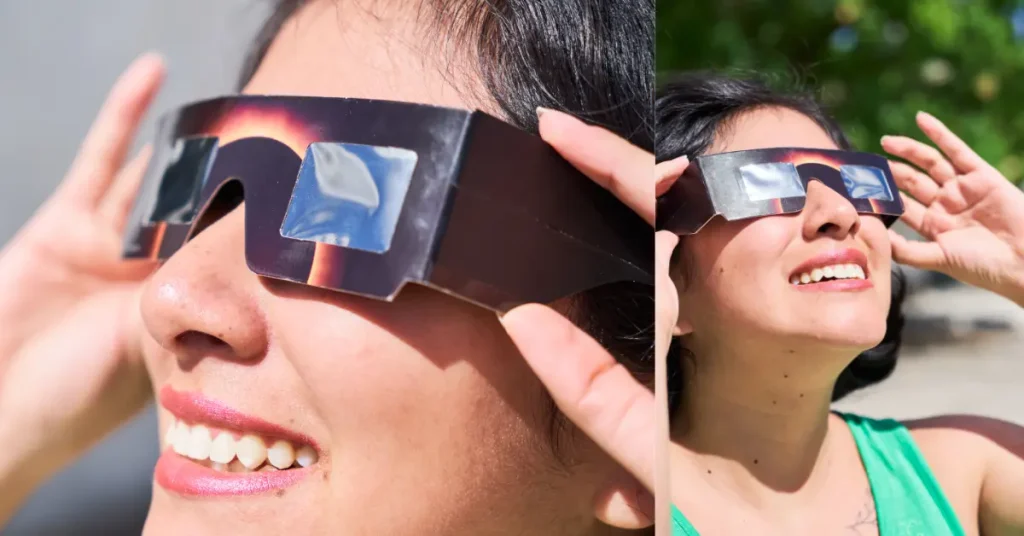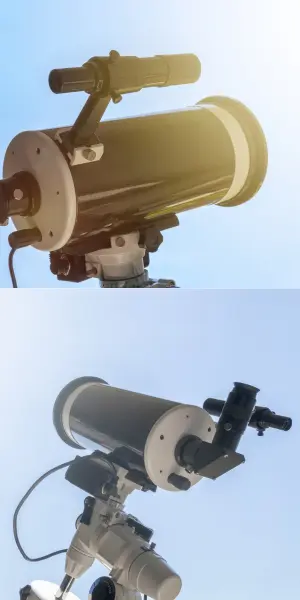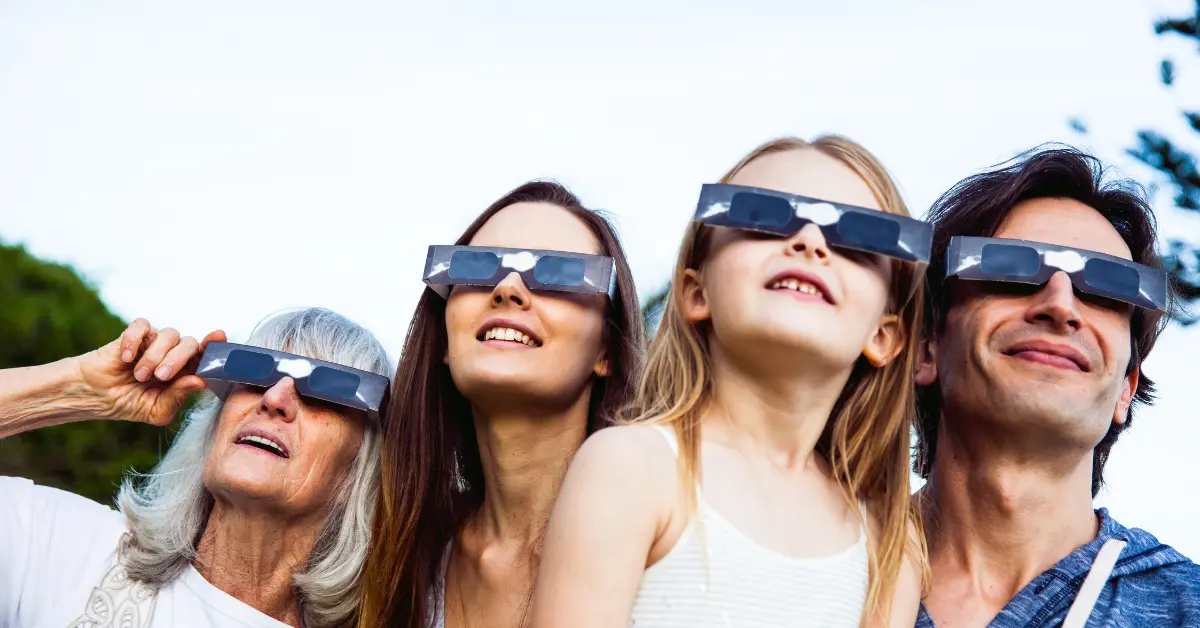What to Expect During the Partial Solar Eclipse
The upcoming partial solar eclipse in California promises a celestial spectacle that shouldn’t be missed. While it may not plunge the Golden State into complete darkness like its total counterpart, it still offers a captivating display for sky gazers. Let’s delve into what you need to know about this event.
What is a Partial Solar Eclipse?
A partial solar eclipse occurs when the moon partially obscures the sun’s disk as viewed from Earth. This happens when the alignment of the sun, moon, and Earth is not perfectly straight, causing the moon to cast only a portion of its shadow on the Earth’s surface.
Eclipse Path and Viewing
The eclipse’s path dictates where and how much of the sun will be obscured. While California won’t witness a total eclipse, observers across the state will experience varying degrees of coverage. In San Francisco, the moon will block approximately 45% of the sun’s diameter, while in Los Angeles and Redding, it will cover about 58% and 41%, respectively.
Discover the anticipated appearance and timing of the eclipse in various cities across California and the United States by visiting Eclipse2024.org

Safety Precautions

Protecting Your Eyes
Observing an eclipse requires precautions to safeguard your eyes from harmful solar radiation. Staring directly at the sun, even during a partial eclipse, can cause permanent eye damage. Specialized eclipse glasses meeting the ISO 12312-2 standard are essential for safe viewing. These glasses are widely available online, and some institutions may offer them for free.
Alternative Viewing Methods
For those without eclipse glasses, alternative viewing methods exist. Crafting a homemade pinhole camera or using everyday items like a colander or pasta ladle can project an image of the partially eclipsed sun onto a surface. These methods provide a safe way to witness the event without risking eye injury.
Schedule Details and Timing of Eclipse
The eclipse’s timeline varies across different regions of California. In the Bay Area, the event commences around 10:14 a.m., reaching its maximum at approximately 11:13 a.m., and concluding by 12:15 p.m. In Los Angeles, observers can expect the eclipse to begin around 10:06 a.m.
Public Viewing Opportunities
Several institutions, including the San Francisco Public Library and Chabot Space and Science Center, are hosting viewing events. These gatherings offer not only a chance to witness the eclipse but also provide access to protective eyewear and expert guidance from astronomers.
Solar Eclipses is Rare Celestial Phenomenon
While solar eclipses aren’t uncommon, each occurrence brings its own uniqueness. The alignment of the sun, moon, and Earth results in distinct viewing experiences, with some regions witnessing totality while others observe partial eclipses. This rarity adds to the allure of these celestial events.
Solar eclipses serve as opportunities for education and inspiration. They spark curiosity about astronomy and celestial mechanics, encouraging individuals to learn more about the universe and our place within it. Witnessing such phenomena firsthand can inspire wonder and awe, fostering a deeper appreciation for the cosmos.
Capturing the Eclipse: Tips, Tools, and Safety Precautions
Discovering Prime Spots for Eclipse Photography
Eclipses are mesmerizing celestial events that captivate millions around the world. Whether you’re a seasoned eclipse chaser or a curious observer, capturing the perfect shot of this phenomenon requires careful planning and positioning. In this guide, we’ll explore the steps to find the best location to witness and photograph an eclipse.
Also Read: Severe Storms Ravage Ohio Valley Power Outages Leave Over 275,000 Homes and Businesses in the Dark
Checking Eclipse Maps
Online resources such as NASA’s interactive maps and Xavier Jubier’s eclipse path overlay on Google Maps provide valuable information about the eclipse’s trajectory. These tools help you determine if you’re within the path of totality and the duration of totality at your location.
Smartphone Apps for Eclipse Chasers
Numerous smartphone apps cater to eclipse enthusiasts, aiding in planning and capturing the event. Apps like the American Astronomical Society’s Totality app and Solar Eclipse Timer offer features such as location tracking, countdown timers, and audio alerts to enhance your eclipse experience.
Utilizing Eclipse Calculators
Eclipse Calculator apps, available for both Android and iOS devices, leverage your phone’s GPS and camera to simulate how the eclipse will appear from your vantage point. These tools help in framing your shots and adjusting camera settings for optimal results.

To capture the eclipse effectively, follow these key points:
- Positioning: Get as close as possible to the path of totality, which spans Mexico’s Pacific coast to eastern Canada, with 15 U.S. states experiencing full eclipse.
- Online Tools: Use NASA’s map to determine your location’s eclipse experience, and Xavier Jubier’s website for detailed path overlay on Google Maps.
- Planning Tools: Utilize smartphone apps like the Totality app from the American Astronomical Society, Solar Eclipse Timer, Eclipse Calculator 2, Sky Guide, or SkySafari for iOS and Android devices.
- Photography Tips: For DSLR cameras, use manual controls, smaller apertures (f11 or f17), ISO setting around 1250, and shutter speed of 1/500. For smartphones, consider HDR mode but avoid using flash.
- Safety Concerns: Be cautious with smartphone screens reflecting harmful ultraviolet light, and if using a solar filter, it may darken the image.
- Selfies: Avoid taking selfies directly with the eclipse as it could pose risks to your vision due to harmful UV light, and using a solar filter might darken the picture.
FAQs
- Can I view the partial solar eclipse without protective eyewear?
- No, it is never safe to look directly at the sun without proper eye protection, even during a partial eclipse.
- Where can I obtain eclipse glasses for safe viewing?
- Eclipse glasses meeting the ISO 12312-2 standard are available for purchase online. Some institutions may also offer them for free during eclipse events.
- What should I do if I miss the eclipse in California?
- While experiencing the eclipse firsthand is ideal, you can still watch live streams or recordings of the event online.
- Why do solar eclipses occur?
- Solar eclipses occur when the moon passes between the sun and Earth, casting its shadow on the Earth’s surface due to the alignment of celestial bodies.
- When is the next solar eclipse visible from California?
- The next solar eclipse visible from California will occur on October 14, 2023, though it will also be a partial eclipse in most areas.

